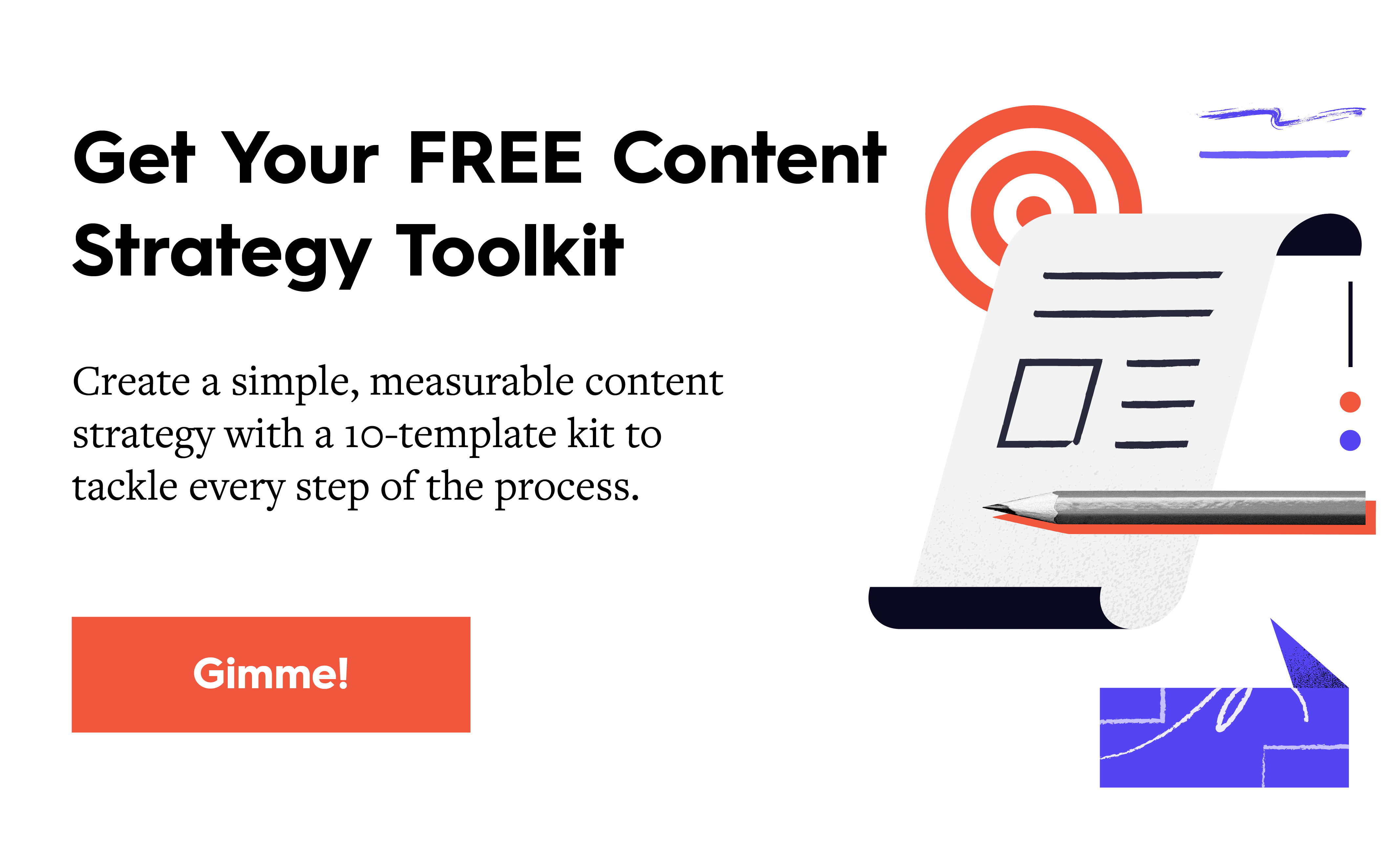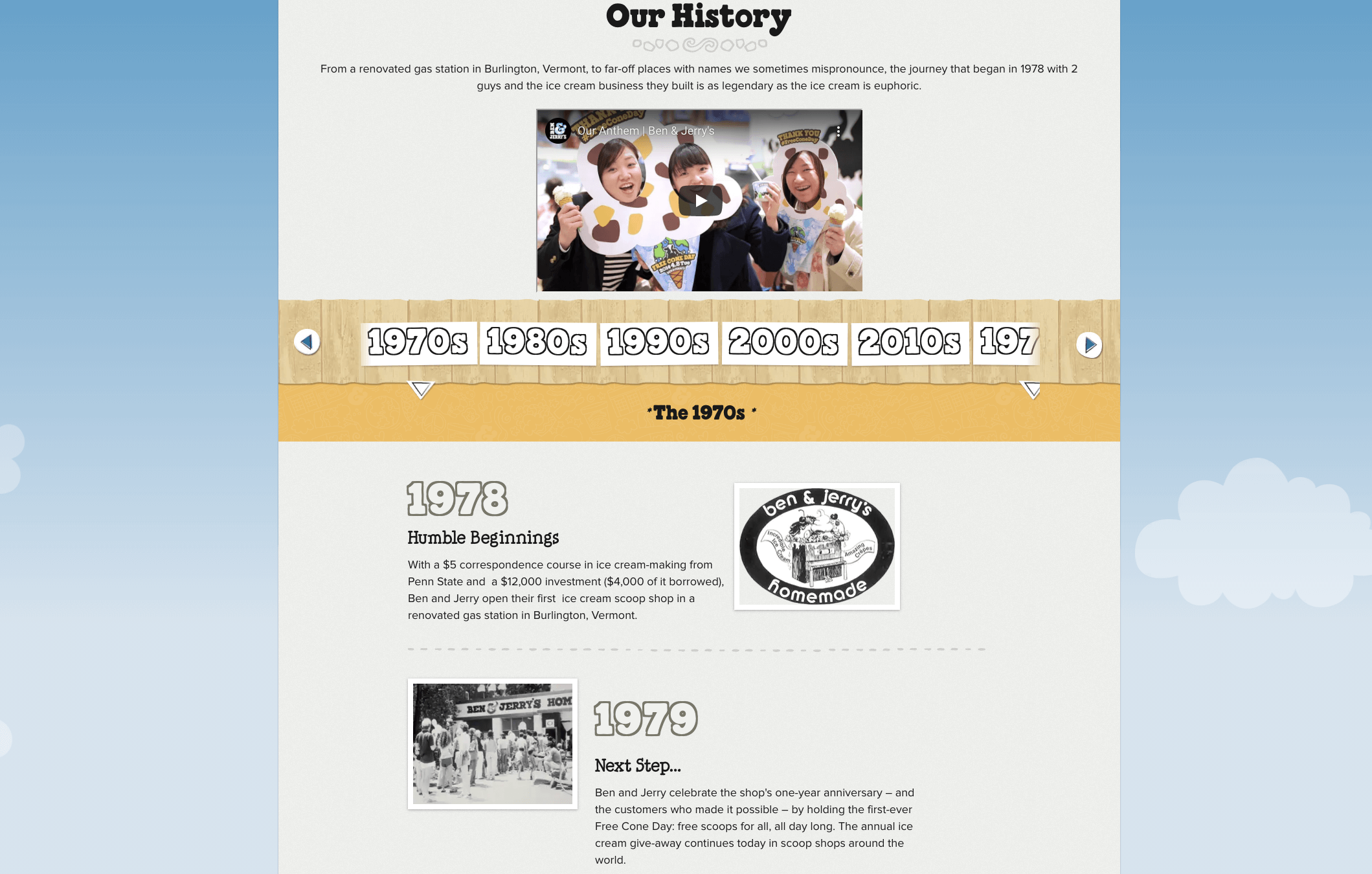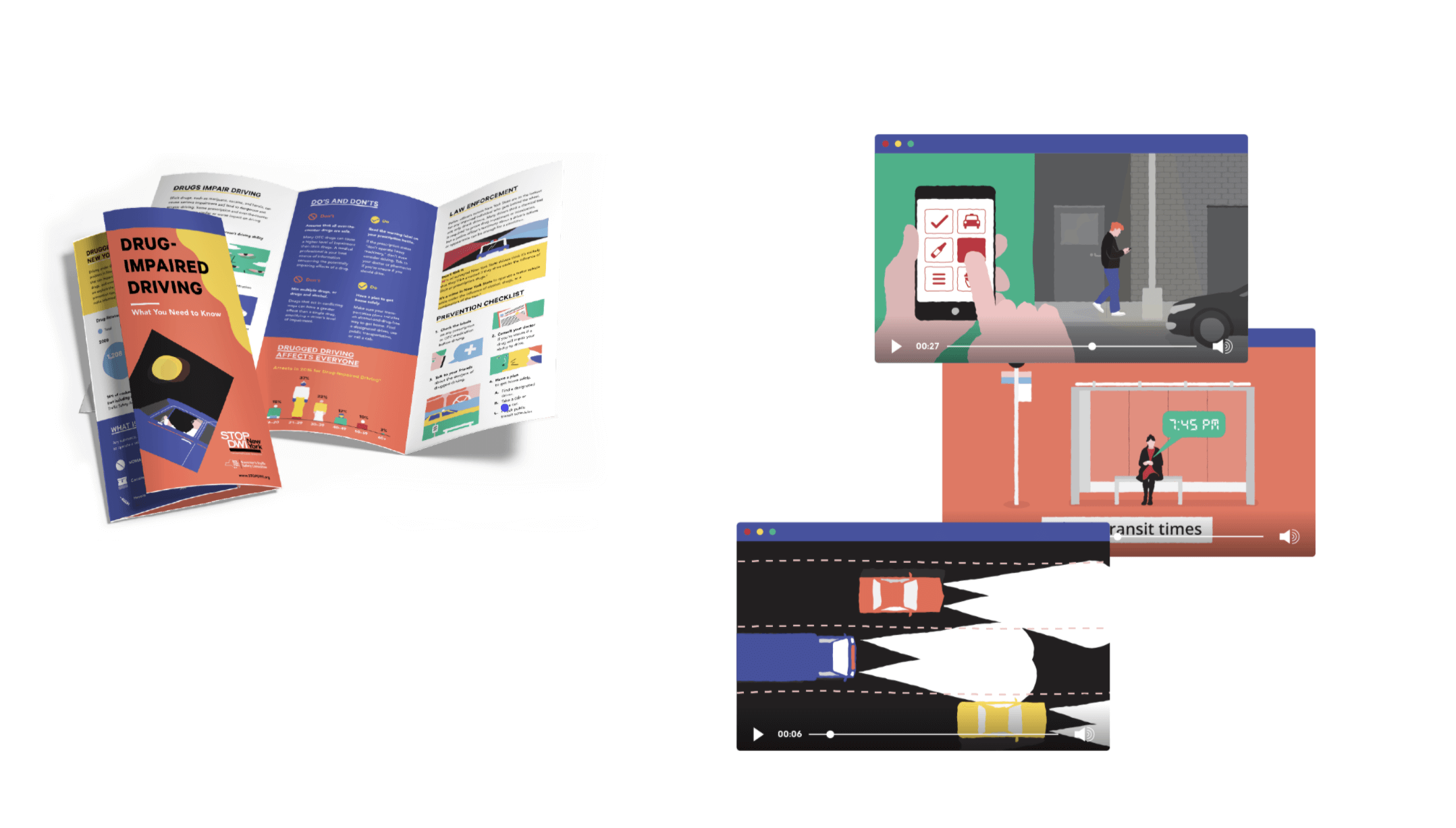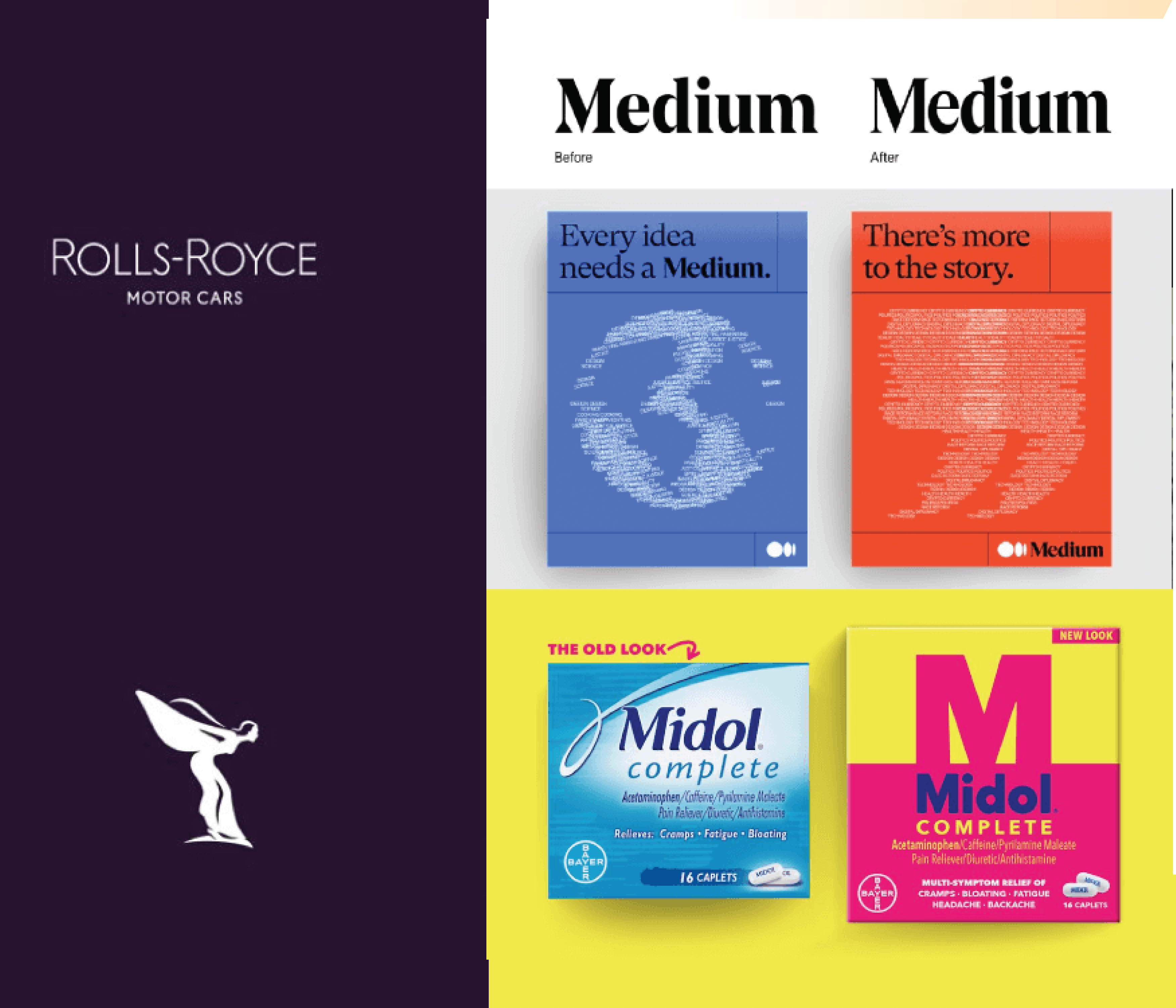Over the last decade, research has confirmed that companies that put design first are consistently more successful.
- In 2014, the Design Management Institute found that design-driven companies such as Apple and Coca-Cola have outperformed the S&P 500 by 228% over a 10-year period.
- In 2018, a McKinsey study found that design-focused companies saw 32 percentage points higher revenue growth and 56 percentage points higher TRS growth over a 5-year period.
“Good design matters whether your company focuses on physical goods, digital products, services, or some combination of these.”
—McKinsey (The Business Value of Design, 2018)
For the most part, this conversation has largely focused on the design of physical goods and UX, yet there is another application for design that can greatly improve the health of your organization: visual communication.

How Good Design Benefits Your Brand
The foundation of a healthy company is good communication. The more effectively your team communicates with each other, the more effectively you can do your work. The better you communicate with your customers, the easier it is to give them exactly what they need.
But good communication can be challenging (or even blocked) in an organization for a variety of reasons. When teams are siloed, information is buried, or data isn’t easily understood, valuable communication isn’t shared, and that can affect everything from company culture to major business decisions.
Even if you don’t have those blockers, not all communication is “good” communication. In an era where the majority of content is disseminated digitally (email, social media, etc.), people can easily suffer from information overload. Thus, company-wide memos go unread, reports collect dust in your servers, and emails are quickly scanned before a meeting. How much meaningful communication gets missed or ignored entirely? Too much.
How, then, do you help your team communicate more effectively both inside and outside your company walls? By using visual communication. Like any type of communication, it’s not just what you say but how you say it. Well-designed visual communication isn’t just about adding pictures to things to make them pretty. Design targets a viewer’s brain, enhancing the efficacy, impact, and experience of information. For a brand, this can have many benefits.
1) Appeal
Design elements such as shape and color stimulate the visual cortex. This is a pre-wired response that attracts viewers to visual cues, making them want to interact with your content. Whether you’re trying to persuade your boss to give you more budget or reach a new audience, applying design principles can help you…
- Differentiate from your competition.
- Capture (and keep) your reader’s attention.
- Make your content more enjoyable to consume.
2) Comprehension and retention
As visual creatures, we benefit from seeing the big picture. (A study by neuroscientists at MIT found that visual information is processed in as few as 13 milliseconds.) Visualizing relationships, values, or sequences can increase and expedite comprehension exponentially. Good information design also helps readers recall information later. This makes visual communication a powerful tool to…
- Deliver valuable insights effectively so nothing gets lost in dull spreadsheets or dense reports.
- Save the viewer time and energy by presenting content in an easy-to-digest format.
- Make branded content more memorable, helping you create a deeper relationship with potential customers.
Example: To see how design instantly helps your brain comprehend information (specifically data), take a look at this video.
3) Brand reputation
Poor design is a subtle plague that is widespread in organizations. Picture the last deck you or someone on your team sent to a key customer. Was it designed to deliver the information with the most impact, or were you just rushing to get it off your to-do list? Good design isn’t just a nice-to-have. If your presentation is cluttered with pixelated images and misaligned formatting, it can be downright embarrassing. Through strong visual communication, you can…
- Deliver a consistent brand experience from start to finish.
- Reinforce your brand story.
- Preserve your brand integrity.
Tl;dr: Good design boosts the impact of every piece of communication, from client reports to blog posts, increasing the value of the content you create.
How to Use Design Across Your Organization
When it comes to design, organizations tend to focus their resources on a small handful of external-facing projects due to time and budget constraints. However, everyone in your organization can be empowered to incorporate design thinking into their everyday work. Just follow these tips to identify your biggest communication challenges and apply design solutions to improve communication at every level.
1) Assess your current efforts.
Ask yourself the following questions to identify the best opportunities to incorporate and improve visual communication across your organization.
- Why do we create communication the way we currently do?
- What is the most important content we produce for both external and internal audiences?
- What vital message do we need to deliver more effectively?
- What are the use-cases that can benefit most from better visual communication?
- What are the most painful and redundant reports and presentations we create?
- What are the communication contexts in which people are forced to fend for themselves in PowerPoint, Keynote, and other tools, and how can we empower them to best represent our brand?
Tip: One helpful way to view these questions is to think about what your most valuable pieces of communication are. Sales collateral, reports, etc. are often the things that influence key decision-making, so they may benefit from the visual treatment.
2) Prioritize areas of focus.
Now that you’ve identified the areas that can incorporate more visual communication, think about which ones are most valuable to your brand (both internally and externally). We often break this down into three key areas of focus.
EMPLOYER BRAND
- Culture content: Although it may seem insignificant, design can greatly enhance the way people experience your employer brand. Would you rather get a dull email inviting you to a virtual game night, or an entertaining flyer with the promise of a custom award for the winner? See our guide to culture marketing for more ways to cultivate a strong culture through content.
- Recruiting: Want to show potential employees what your company looks like? Visual communication is a great way to do it. Whether you visualize the demographic data of your company (e.g., gender breakdown of leadership), provide a virtual office tour, or spotlight current employees, visuals help bring your brand to life in unique ways.
Example: Ben & Jerry’s features a visual timeline of the company’s history on their site. This adds personality while walking people through their 40+-year journey.

BUSINESS
- Reporting: Reports contain key information that shows progress, influences decision-making, and guides strategy. Whether it’s a report for a client, a marketing report to get more budget, or your annual report, good design and data visualization can make these insights much easier to consume. See our guide to create reports for more best practices.
- Sales content: Anything that is meant to sway a customer can probably benefit from a visual makeover, including sales decks, explainer videos, and other collateral. Best of all, if you can use visual content to deliver information your reps often have to repeat, you can let the content do the heavy lifting and let salespeople use their energy to engage more deeply with current and prospective customers.
Example: In just under 2 minutes, this simple video by Visa explains how Visa Purchase Alerts protects you from fraud. It’s a great way to educate customers quickly and effectively.
MARKETING
- Content: When speaking to the masses, you’re competing for both time and attention. Ensuring that your content is both engaging and delivers real value is vital. Whether you’re creating microcontent for social media, unique interactives, lead-generating ebooks, or shareable infographics, design can transform the way people experience your content.
Example: We partnered with NYS STOP-DWI Foundation on a PSA campaign to encourage young people not to drink and drive. Through a variety of visual content, including infographics, checklists, and explainers, the organization was able to effectively reach their audience across channels.

3) Establish a visual identity.
Whether you’re designing visual communication for internal or external use, you need a strong visual language to ensure consistency and strengthen your brand’s presence across all touchpoints.
You might not flip the switch and make all of your content on brand instantly, but you need to have these conversations, build strong guidelines, and empower content creators to apply them correctly.
Tip: See our guides to build a brand identity and create strong brand guidelines. Remember to include elements such as data visualization in your guidelines, as that is an often overlooked piece of visual communication.
4) Educate your team.
Across your organization, there are important team members collectively shaping the sum total of experiences that define your actual brand.
The good news is you don’t necessarily need a huge internal design team to create strong visual communication. Refresher tutorials in presentation software or basic design principles can help your team produce more effective content all around.
Tip: Make sure to avoid these common mistakes in your visual content.
5) Optimize your content creation process.
Some large brands spend exorbitant sums to create a strong identity—but lack the tools and infrastructure to support the broader team to execute it. (We’ve heard this complaint for years from clients at major corporations.) In these cases, people often choose to do nothing for fear of creating something that might upset the “brand police.”
The solution? Create a seamless process. Make assets easily accessible, provide templates, and use checklists to make it easy and less stressful to create branded visual content.
Tip: See our guide to improve your content creation process to help your team create on-brand content across your organization.
Bring In Expert Help If You Need It
If you follow these steps, you will ultimately save your most skilled design resources (time and money) by empowering the rest of your team to do the fundamentals properly. Even better, your design team will appreciate being freed up to focus on the most creative and visible projects.
Tip: If you don’t have easy access to an expert design team, follow our tips to find the right content agency for you.
You can’t become a design-focused company overnight, but we hope these steps will help you approach design more holistically throughout your organization. You just have to start where you are, and improve from there. The more you embrace design, the more effective your brand will be—especially when it comes to your marketing efforts.
If you’re looking for more ways to improve your content…
- Find out how to think like a designer.
- Download The Ultimate Guide to Visual Content Marketing to learn about how to incorporate it into your content strategy.
- Experiment with these 7 design styles to mix up your content.
And if you need any support or guidance to bring your brand to life through design, let’s talk.





